Safety & Connectivity: 20 Essential eSIM Tips for Female Solo Travelers

You’re not “brave” for traveling solo. You’re just refusing to wait for someone else’s vacation days. But every experienced solo woman knows the truth: the difference between a magical adventure and a nightmare is often one reliable internet connection.
Here are the 20 tips that thousands of us live by — now with proper explanations so you actually understand why they work and how to do them.

1. Activate your eSIM before you finish your pre-trip wine
Never land without data. Ever. Activate and fully test your eSIM 24–72 hours before departure while you’re still on your home WiFi. Open maps, send a WhatsApp, call someone on FaceTime — prove it works.
Why? Because when you land, the moment you step out of arrivals is the worst time to be fumbling with QR codes, airport Wi-Fi, and pushy SIM vendors. Travelers who already use the Best eSIMs for Traveling to know the difference—landing connected saves time, money, and stress. You’ll be tired, carrying luggage, and an obvious target. Having data ready means you can order an Uber, message your hostel, and share your live location before you even pick up your bag.

2. Keep your home number alive (dual-SIM magic)
Your iPhone (XS and newer) or recent Android can run two lines at once: your physical home SIM for calls/SMS and the eSIM for data.
Leave your normal number active. That way:
- Mom can still ring your usual number if there’s an emergency at home.
- You still receive bank 2FA codes.
- If your eSIM ever drops (rare, but happens in mountains or during network outages), you can still make emergency calls on your home carrier’s expensive roaming. Label them clearly: “Home/Emergency” and “Travel Data” so you never accidentally burn your eSIM data on a voice call.
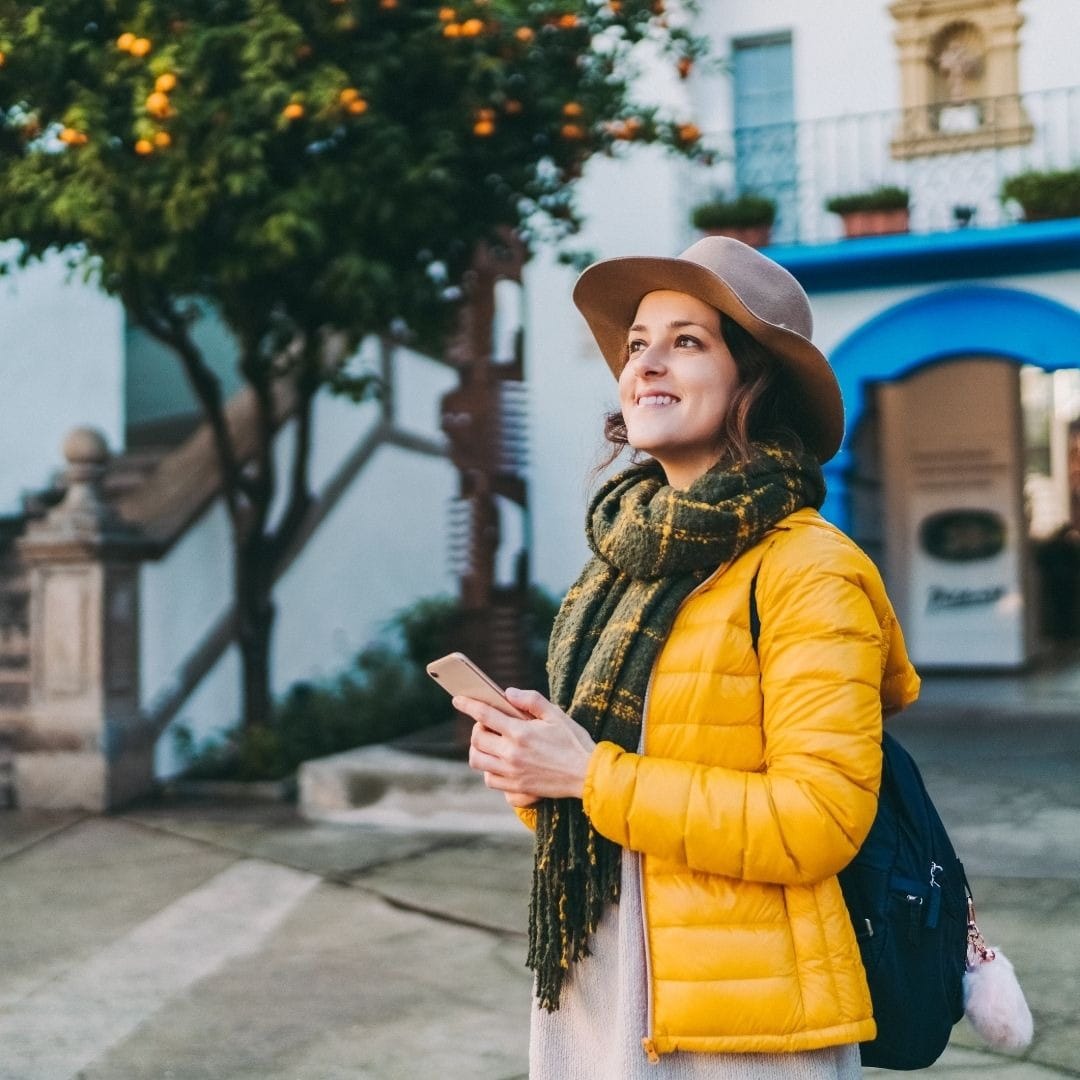
3. Download offline maps like your life depends on it
Signal dies at the exact moment you need it most — it’s a universal law. Download entire countries or regions in Google Maps, Maps.me, and Organic Maps before you leave. Test them in airplane mode at home.
Bonus: With offline maps you can glance at your route in a café, memorize the turns, and walk confidently without staring at your screen like a lost tourist (which screams “rob me”).

4. Share your live location with your ride-or-die crew
Pick 2–3 people who won’t freak out if they see you in a nightclub at 2 a.m. but WILL notice if your dot stops moving for 12 hours. Use Google Maps (Android) or Find My (iPhone) and share “until I turn this off.”
Agree on rules upfront: “All good” text every couple of days = happy traveler. Silence or weird location = call me immediately.

5. Pre-load every safety & translation app
Do this at home with fast Wi-Fi, not on 3G in a hostel hallway. Must-haves:
- Google Translate with offline language packs
- bSafe or Noonlight (fake calls, SOS alarms, timer check-ins)
- Local ride apps (Grab, Bolt, DiDi, Careem — whatever the country uses)
- Official emergency app for the country if it exists (e.g., 112 Spain, 000 Australia) Everything pre-configured, logged in, payment methods added. When you need to leave a sketchy bar fast, you don’t want to be typing credit-card details.

6. Treat data like your favorite lipstick — monitor it daily
Running out of data at night in an unfamiliar city is a special kind of panic. Most phones show exact usage per app. Set warnings at 50 %, 75 %, and 90 %. Maps and WhatsApp barely use anything (5–10 MB/hour). Instagram Reels and video calls destroy plans. Use Wi-Fi for heavy stuff and save your precious eSIM data for safety.

7. Fill your phone’s Medical ID (lock-screen lifesaver)
This screen can be accessed without unlocking your phone. You should add following things:
- Emergency contacts with full international numbers
- Allergies & medications
- Blood type
- “Traveling alone — no companion to give info”
- Your accommodation name and address (update when you move) If you’re ever unconscious, paramedics have everything they need in seconds.

8. Test your eSIM the second the seatbelt sign goes off
As soon as the plane lands, turn off airplane mode while you’re still surrounded by airport security and free Wi-Fi. Watch the carrier name pop up, open a browser, send a message. If anything’s wrong, fix it now — not when you’re alone on a dark street.
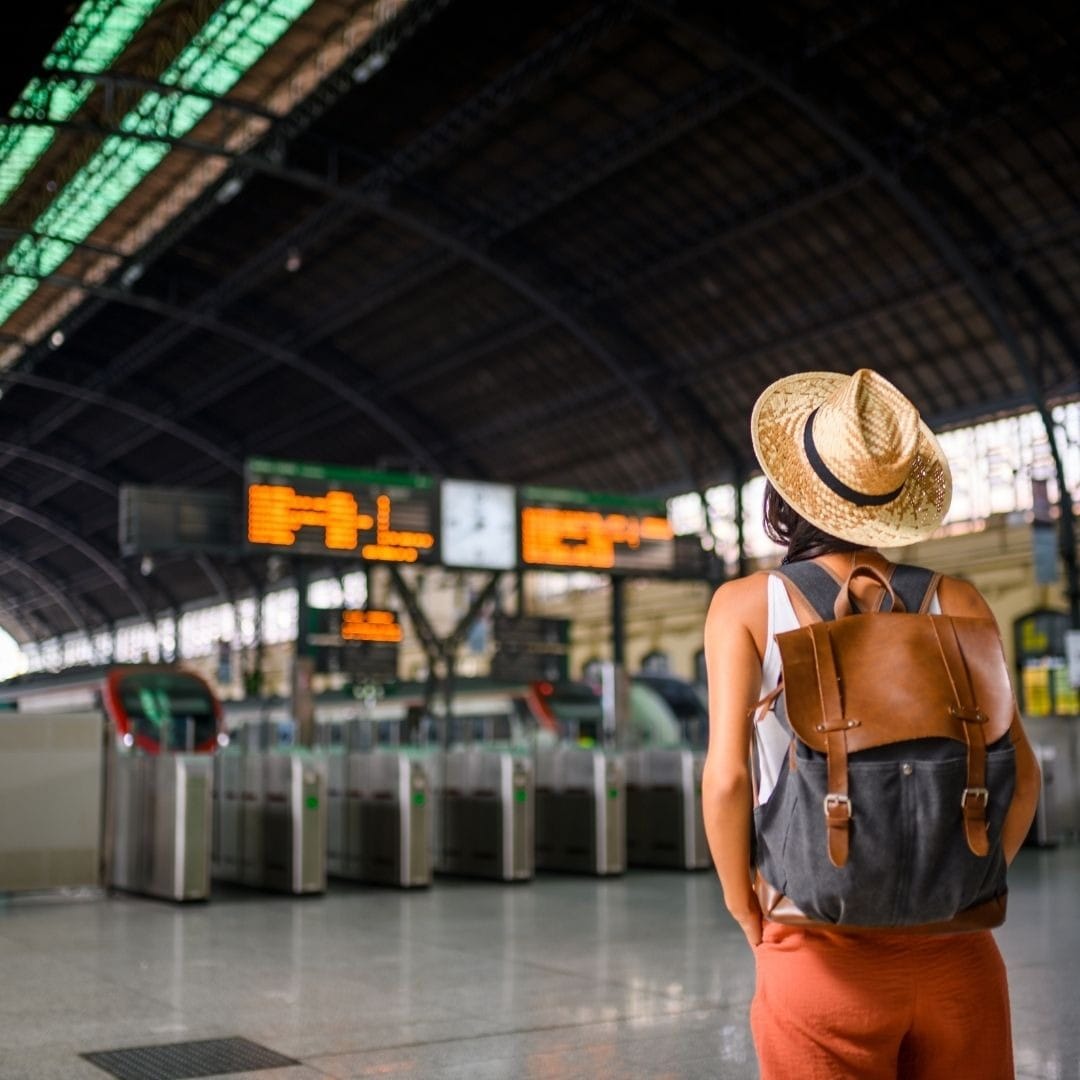
9. Stalk your accommodation on satellite view like a pro
Before you book, flip to satellite and Street View. Look for:
- Street lighting
- How many restaurants/shops are open late
- Distance to main roads
- Whether it’s a lonely residential block or a lively area Solo women feel safer in places with natural foot traffic after dark.

10. Triple-check every ride
Plate, make, model, driver photo — all must match 100 %. Even one letter off the plate? Cancel and order another. Share every single trip with a contact. Most apps have a “share trip status” button that sends live tracking and ETA.
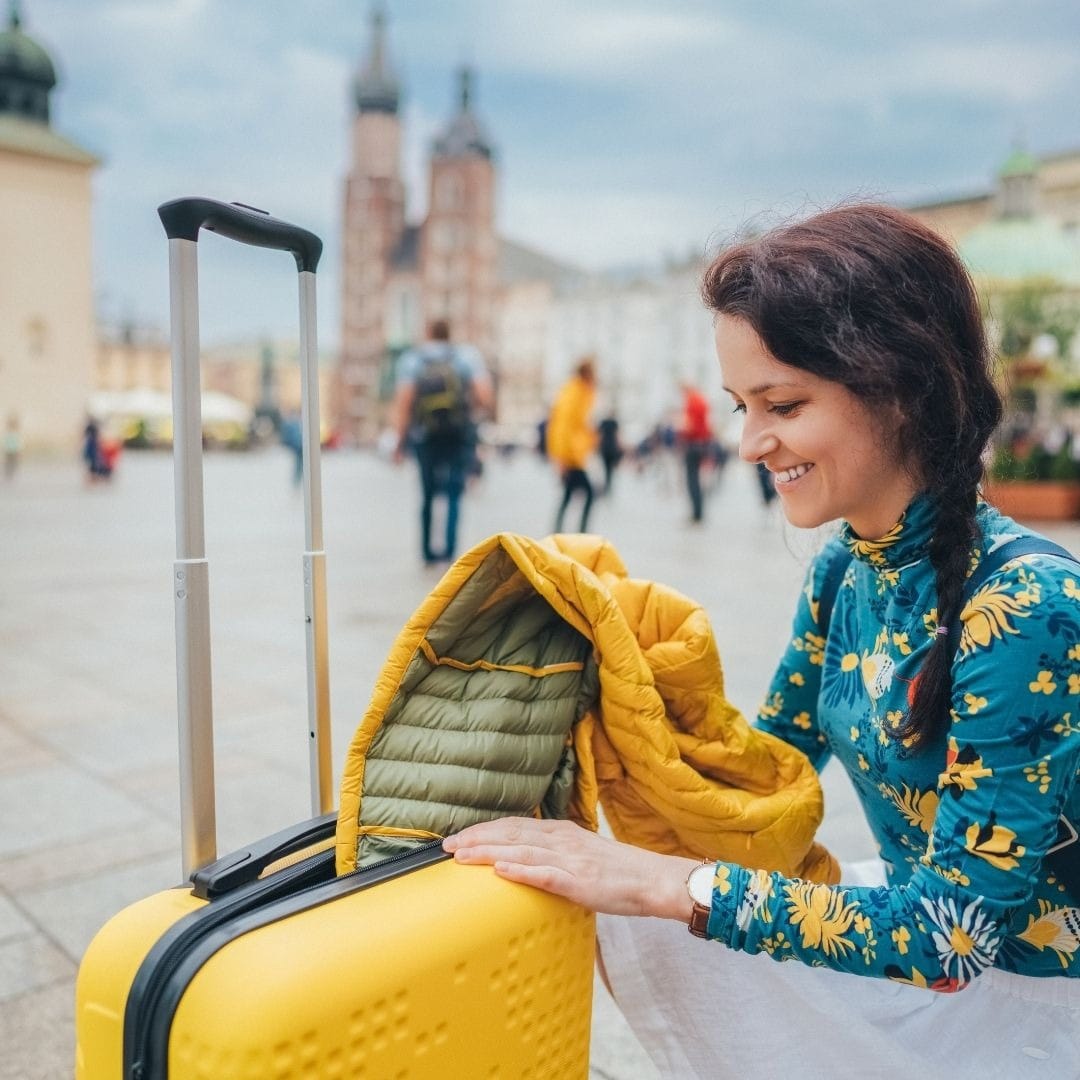
11. Create secret code phrases with your people
Simple example:
- “Having the BEST time ever!” → genuinely fine
- “Having a really good time!” → uncomfortable, check on me soon
- “Weather is nice” → get me out now. Looks completely normal to anyone looking over your shoulder.
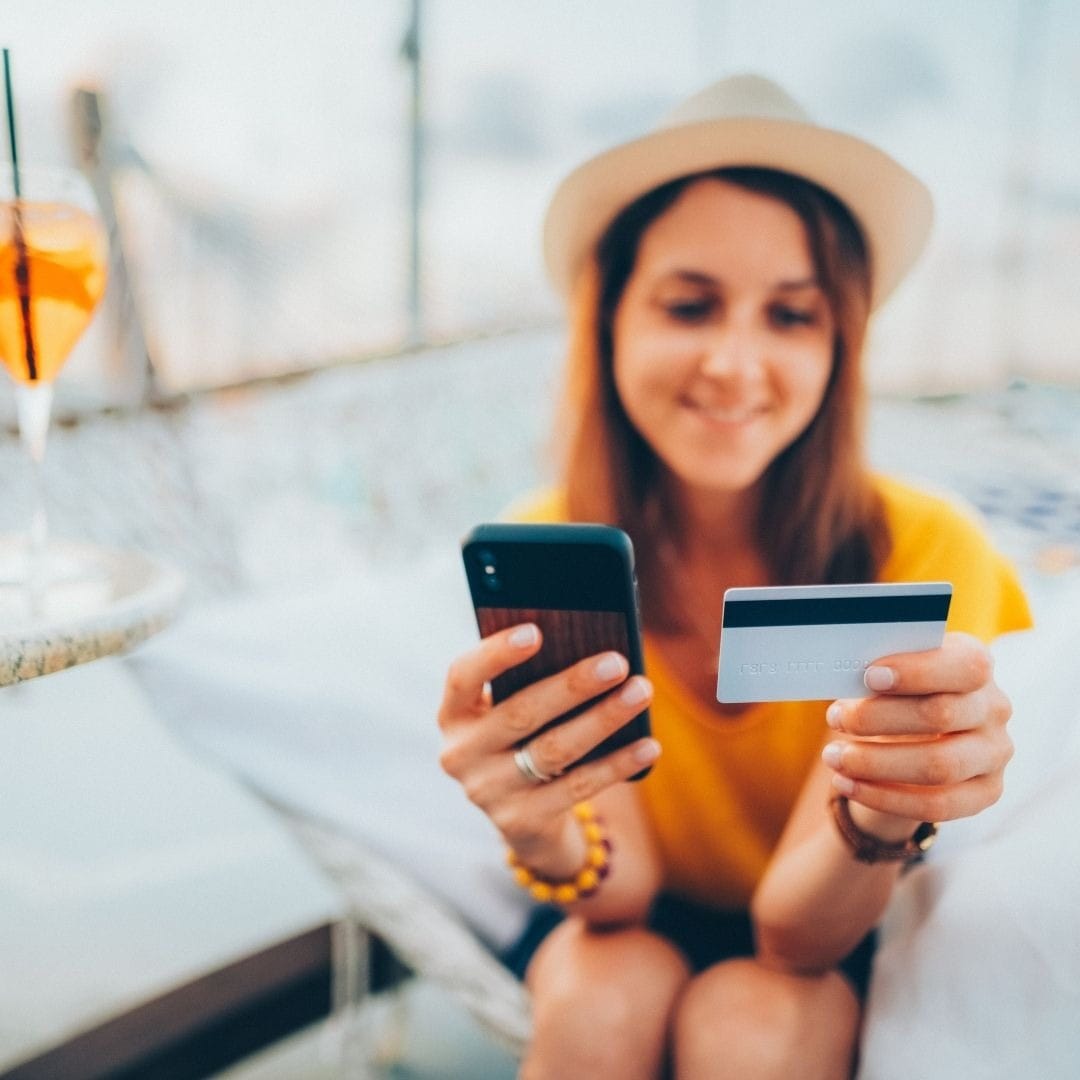
12. Master the fake phone call escape
Apps like bSafe let you trigger a realistic incoming call with one shake or button press. Or just set a regular alarm labeled “Mom – EMERGENCY CALL” for 45 minutes into a date. Works every time.

13. Join the solo-sisters Facebook groups NOW
Groups like “Girls LOVE Travel,” “Solo Female Traveler Network,” and city-specific ones are goldmines. Ask “Is [neighborhood] safe for solo women at night?” and you’ll get 50 recent answers from women who look like you and worry about the same things.
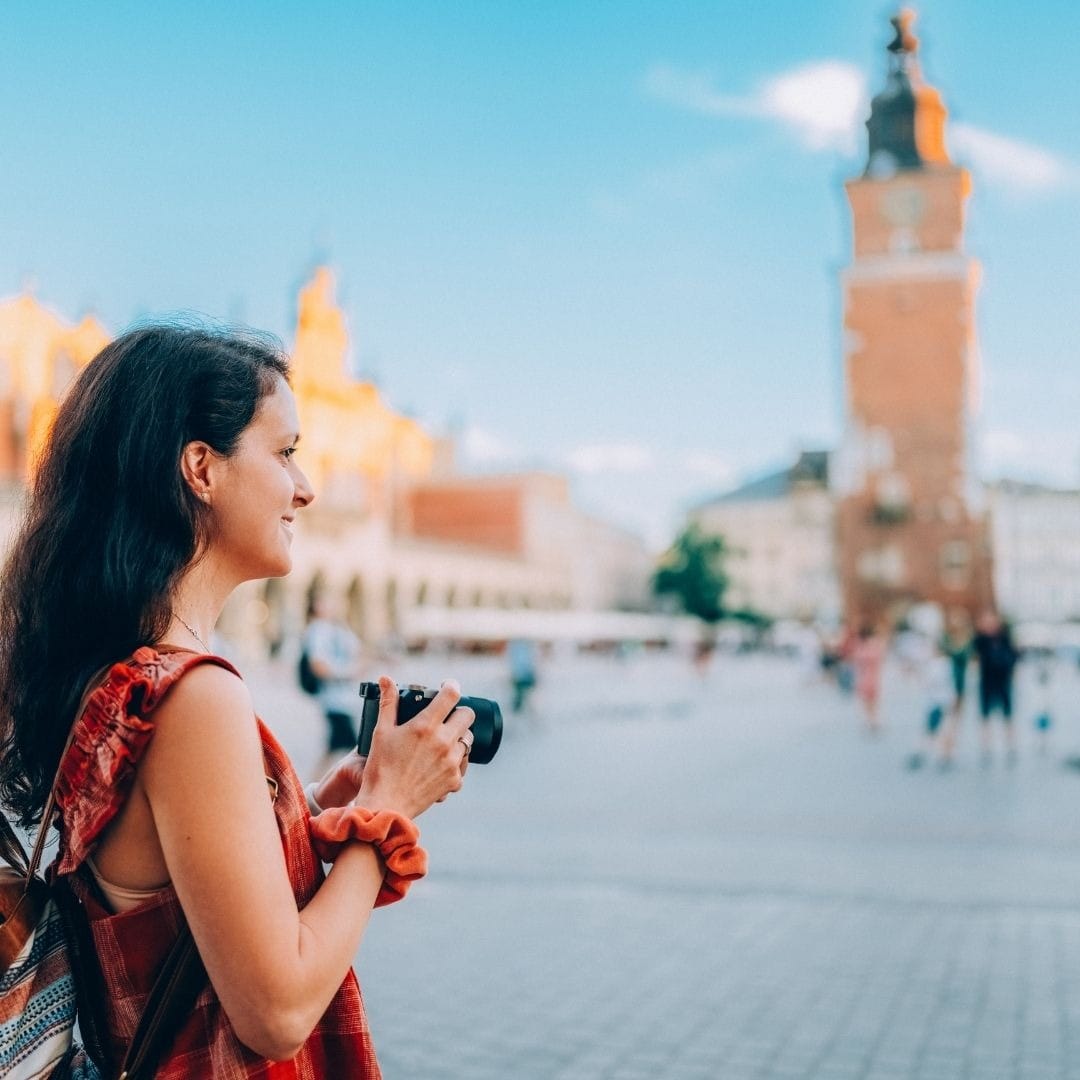
14. Become a room detective the minute you check in
Walk in, lock the door behind you, then:
- Photograph every lock, window latch, and fire escape
- Test that the deadbolt actually works
- Check if windows open and whether anyone can climb in
- Send the pics to your emergency chat. It takes two minutes and gives everyone peace of mind.
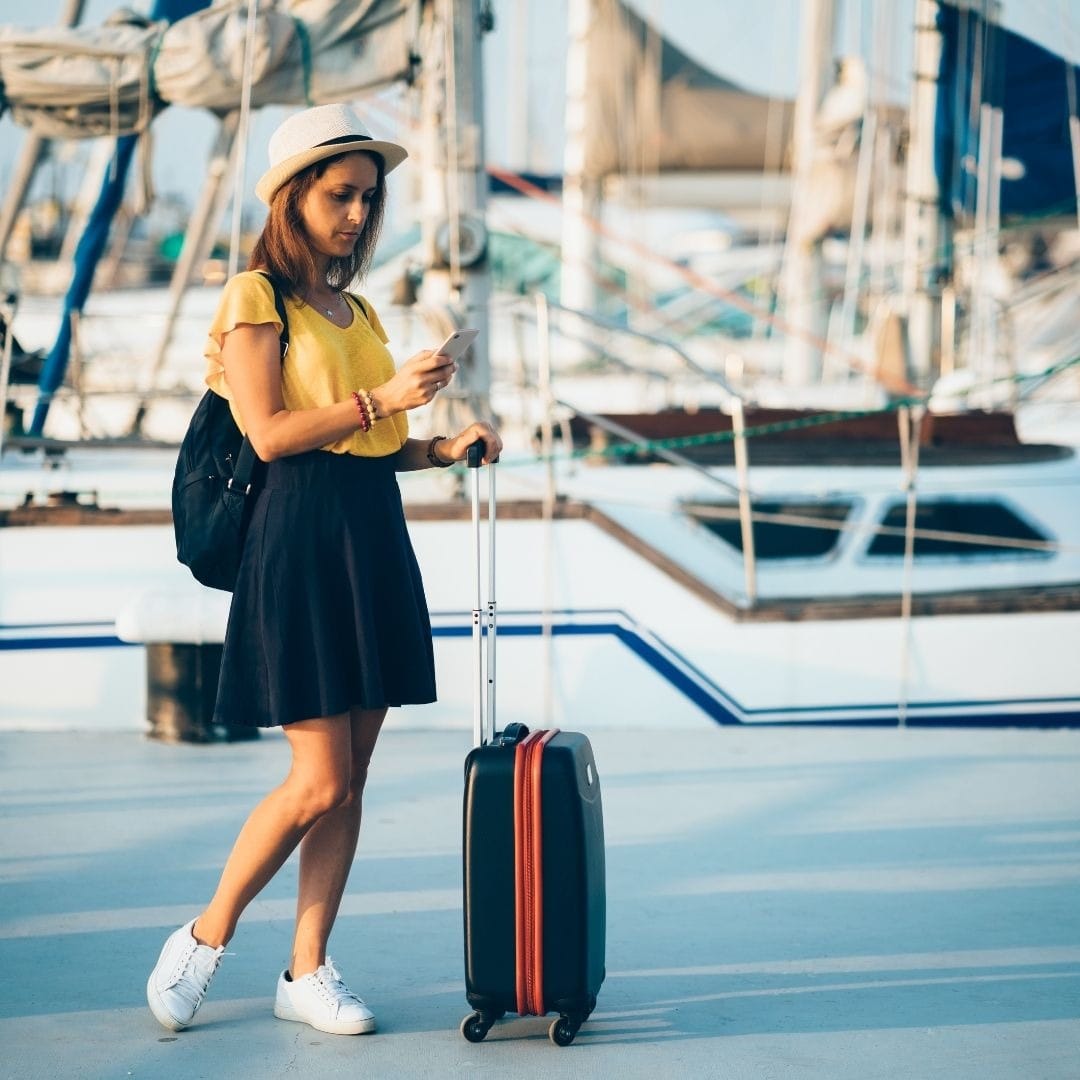
15. Save life-saving phrases in Translate
Pre-translate and star:
- “I need the police”
- “Take me to the nearest hospital”
- “I don’t feel safe”
- “Call an ambulance” You can show the screen or hit play even if you’re shaking.
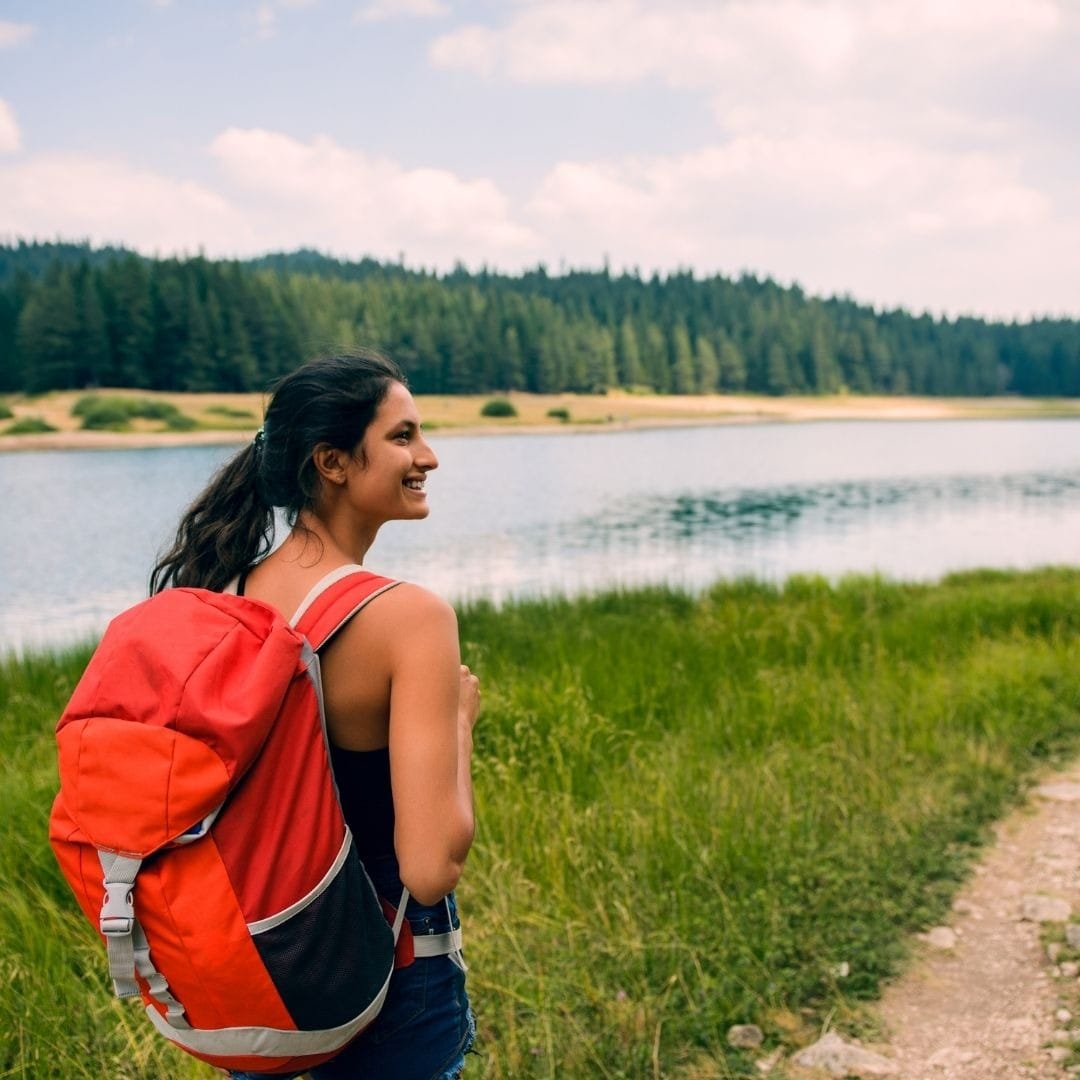
16. Back up every document like a paranoid queen
Passport (all pages), visas, insurance policy, credit cards (front + back), vaccine certs → three places:
- Encrypted cloud (Google Drive/Dropbox folder)
- Emailed to yourself
- Sent to one trusted person at home. If everything is stolen, you can still board a flight home.
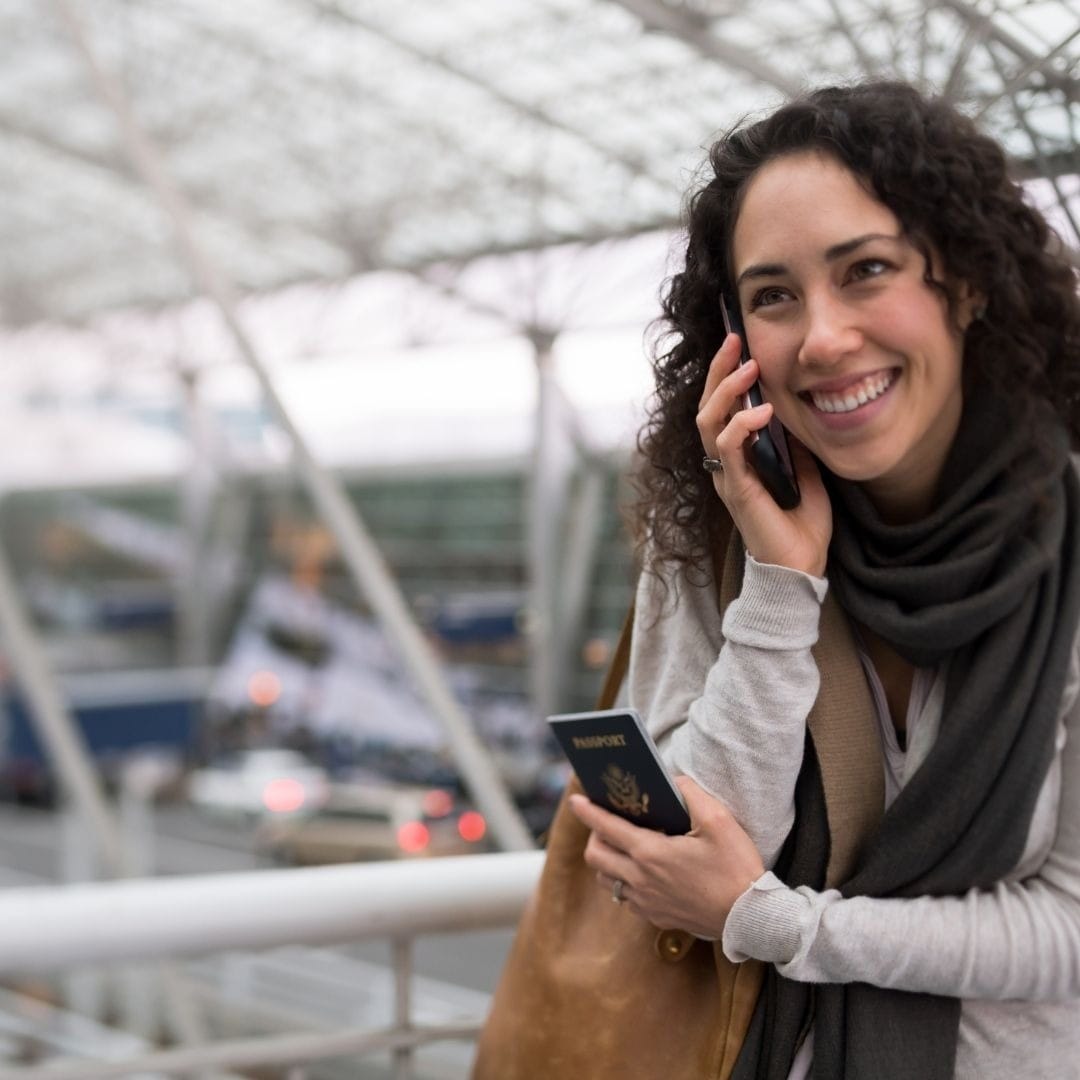
17. Wear a cellular smartwatch as Plan B
Apple Watch with cellular or Samsung Galaxy Watch can call, text, and share location even if your phone is gone. Thieves usually grab the phone and run. They rarely think to strip your wrist.

18. Post gorgeous pics… 48 hours late
Live your life, then share it later. Turn off location services for Instagram and TikTok. Real-time geotags are literally a treasure map for thieves.

19. Get government safety alerts + local news
Register with:
- STEP (USA)
- Smart Traveller (Australia)
- FCDO travel advice (UK)
- Equivalent in your country They text you if protests start, earthquakes hit, or a neighborhood turns sketchy overnight.

20. Memorize the local 911
- 112 → most of Europe + many other countries
- 911 → Americas
- 999 → UK, UAE, Hong Kong
- 000 → Australia
- 119 → Japan & Korea Save your embassy number too. Modern phones can call emergency numbers even with no SIM.
You now know everything now that the veteran solo International travelers should know. Go book that flight — the world is safer (and way more fun) when you’re connected.
FAQs
Q1: How much data do I really need?
5–10 GB per week is perfect for most people. Maps use almost nothing, WhatsApp is light, and you can top up in 30 seconds if you’re bingeing Netflix in your hostel.
Q2: Can I reuse the same eSIM when I return to the same country?
Yes! You can top up your eSIM plans. Check the plan details for more informations.
Q3: Phone stolen - is someone now on a data holiday with my plan?
Log in to your eSIM provider from any computer and suspend it instantly. Takes 20 seconds.
Q4: Countries where eSIM is annoying?
China (may face restrictions with ChatGPT and Tik Tok if using a Hong Kong IP routing eSIM), Cuba, and obviously North Korea. Everywhere else works perfectly.
Q5: Is Public Wi-Fi okay?
Only with a VPN and never for banking or passwords. Your eSIM is always safer.
Q6: Can I share my connection with my laptop?
Only if the plan explicitly allows hotspot/tethering. Most of the MobiMatter eSIM plans allow Hotspot sharing.
Q7: Does eSIM work in cruise ships and planes?
Yes, eSIMs can work on cruise ships, but with some limitations. Your travel eSIM will connect normally when the ship is near the coast and within reach of land-based networks. Out at sea, you will only get service if you have a specialized maritime plan that uses the ship’s satellite network. At sea or mid-flight you need the ship/airline Wi-Fi.
Q: When exactly should I buy and install?
Buy 1–2 weeks early (to compare deals), install and test 48 hours before departure if it works in your home country. Otherwise, you should buy and install it in advance and activate it once you land at the destination airport.
Q: I’m still scared it won’t connect when I land. What should I do?
It connects 99.9 % of the time. The 0.1 %? You’re in an international airport with free Wi-Fi and 24/7 chat support. You’ll be fine.




